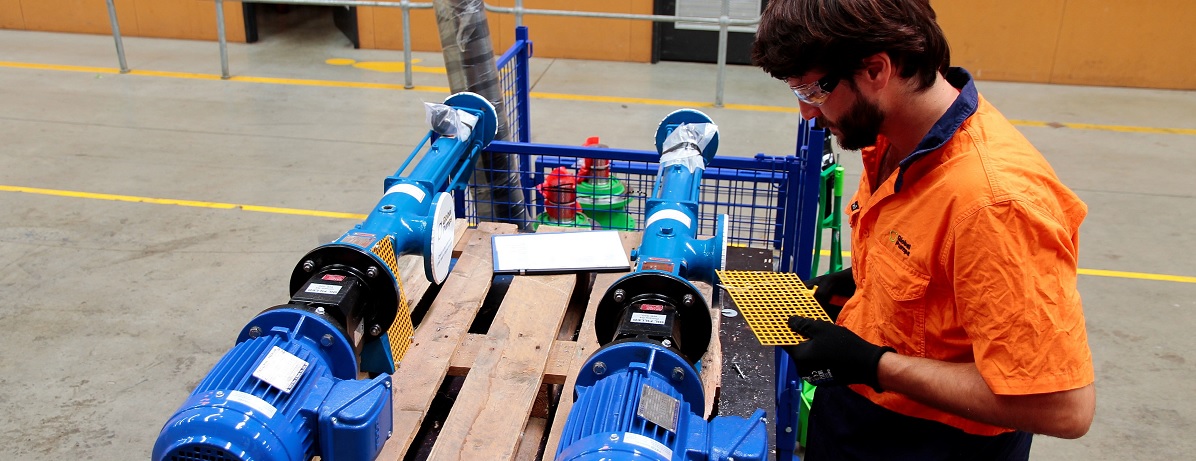As a pump supplier with over 45 years of industry experience, we understand that customers often have questions and uncertainties when it comes to purchasing a pump. In order t o help you make an informed decision, we've broken down the key information you need to know into five categories: fluid, flow, discharge, suction, and options. Our blog will provide you with a set of questions to consider, as well as helpful links to expand your knowledge on these topics.

- What is the specific gravity and viscosity of your fluid?
- Are chemicals present? What are the names and concentrations?
- Are there solids? What is the particle size, percentage of fluid that are solids, & are they smooth or sharp?
- What is its temperature? (Ambient is 20°C)
Flow - The rate you want to transfer the fluid at.
- Are you decanting, dosing or transferring?
- Are chemicals present? What are the names and concentrations?
- What will the vertical and horizontal lengths be?
- Have you taken friction loss into account? (Pipe type, viscosity, etc. affect this)
- Are you dosing or transferring into a pressured pipe, if so what is the pressure? Or is it open free flow?
Suction – The line from source to pump.
- What’s the length of the suction line?
- Will you need a self-priming pump?
- Are you pumping from a dam/well or is it flooded suction
Options – Preferences and accessories.
- Identify your preferred power source and check stability (240v, 415v, 50/60 Hz, mining/industrial, diesel, petrol, air, etc.)
- base plates, trollies for transportation, variable speed, etc.
Base plate: The plate on which the pump and motor are mounted.
Decanting: Gradually pumping from one container into another.
Dosing: A controlled method of pumping in order to discharge exact amount of fluids.
Flooded suction: If the pump is below the liquid source, and the suction is fed by gravity. This is a preferred method for centrifugal pumps.
Fluid: A state of material that continually deforms under an applied shear stress. Gas, liquid and plasma are examples.
Friction loss (pump): Friction between the pump and the process fluid results in loss of pressure. Different parts of the pump are more susceptible to this force than others.
Friction loss (pipe): The force produced as the process fluid flows through the pipes of a system. Caused by movement of the fluid internally as one fluid layer moves against another. Also caused by movement of the fluid against the pipe wall. Rougher pipes will lead to higher friction.
Open free flow: When the discharge pipe or hose is fully open at the end with no restrictions.
Self-priming pump: A pump that contains a reserve amount of process fluid that helps to create an initial vacuum and lift fluid from the source.
Specific Gravity (SG): The ratio of the density of a substance compared to the density of a reference (usually water at 4°C).
Suction line: The suction line of a pump system is piping which transports fluid material from its source to the pump itself.
Transferring: To move a substance, usually a liquid, from one place to another.
Variable speed motor: Can be used to control flow in the system by varying the impeller speed.
Viscosity: Resistance to gradual deformation of a fluid by shear or tensile stress.


